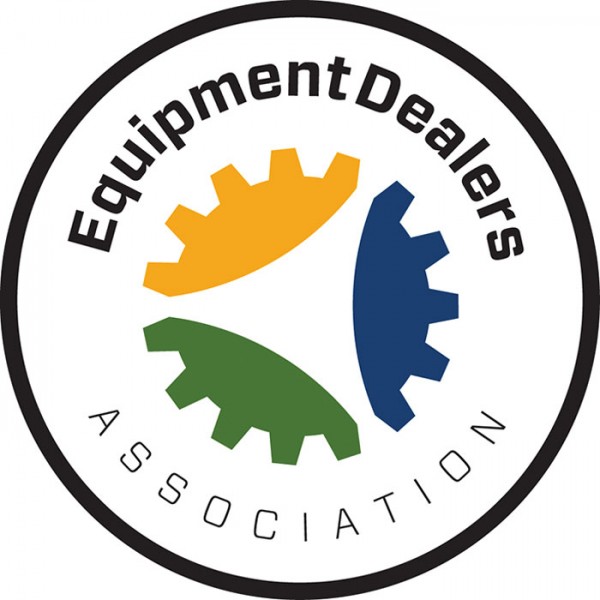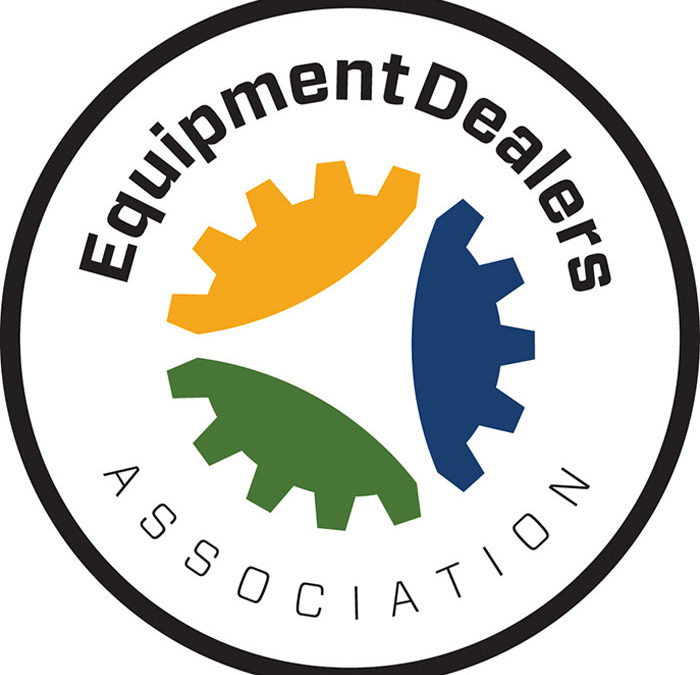 An article in the Equipment Dealers Association (EDA) United Voice newsletter shows results of a survey conducted by the EDA and the Association of Equipment Manufactures (AEM) that reveals differing opinions between dealers and manufacturers on satisfactory inventory levels in 2016 and 2017. Interestingly, both groups surveyed their members with the same questions.
An article in the Equipment Dealers Association (EDA) United Voice newsletter shows results of a survey conducted by the EDA and the Association of Equipment Manufactures (AEM) that reveals differing opinions between dealers and manufacturers on satisfactory inventory levels in 2016 and 2017. Interestingly, both groups surveyed their members with the same questions.
The survey showed dealers feel better about their inventories in 2017 than they did in 2016, as 43% of dealers who participated in the survey feel their new equipment inventory is just right. Another 43% say it is too high. The remaining 14 % feel it is too low. By comparison, in 2016, 62 % of dealers felt their new equipment inventory was too high, and 30% felt it was just right.
Looking at used inventory, in 2016 59% of dealers thought their used inventory was too high. This year, that’s fallen to 48%. In 2017, 36% of dealers think their used inventory is just right, which is six percentage points higher than last year.
According to the article, “Dealers have been more effective in managing their used inventory since the last survey,” said Kim Rominger, CEO of EDA. “This is vitally important for the health of our dealers.” In partnership with EDA, the Association of Equipment Manufactures (AEM) surveyed its members with the same questions. Results revealed differences, as only 6% of manufacturers think dealer inventories are too high compared to dealers’ 43%.
A majority (72%) of OEMs feel 2017 inventory levels are just right, 72% feel that way about new equipment, and 76% about used equipment. In 2016, 43% of manufacturers thought dealership inventories were just right. Potentially driving the differences is that dealers have a more immediate point of view and are likely considering inventories of multiple brands, whereas manufacturers are focused only on their brand and longer-term perspective.
“The discrepancy in the results between dealer and manufacturer participants is not surprising based upon the disparity in dealership group size and the year that we have had, Rominger said. “Large agricultural dealers tend to have higher-value, late-model, large used equipment without the diversity of the market enjoyed by small agricultural equipment dealers. Larger agricultural equipment seems to be moving more slowly and is requiring more effort or concessions on price than we are seeing in the small agricultural equipment arena.” Rominger added that while some regions are projecting record harvests, others face challenges such as heavy rainfall or drought.

